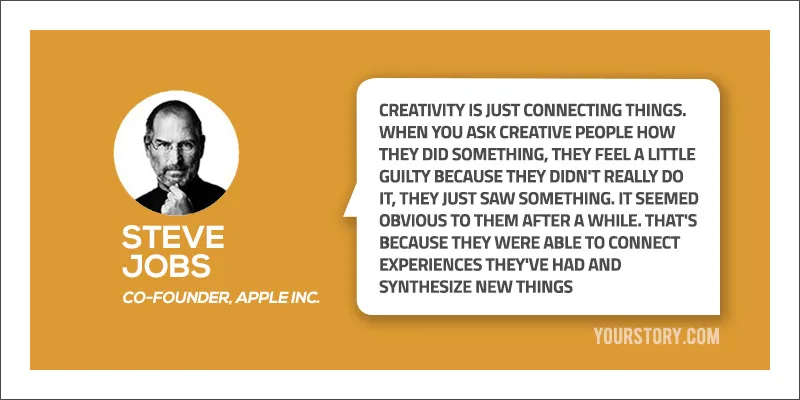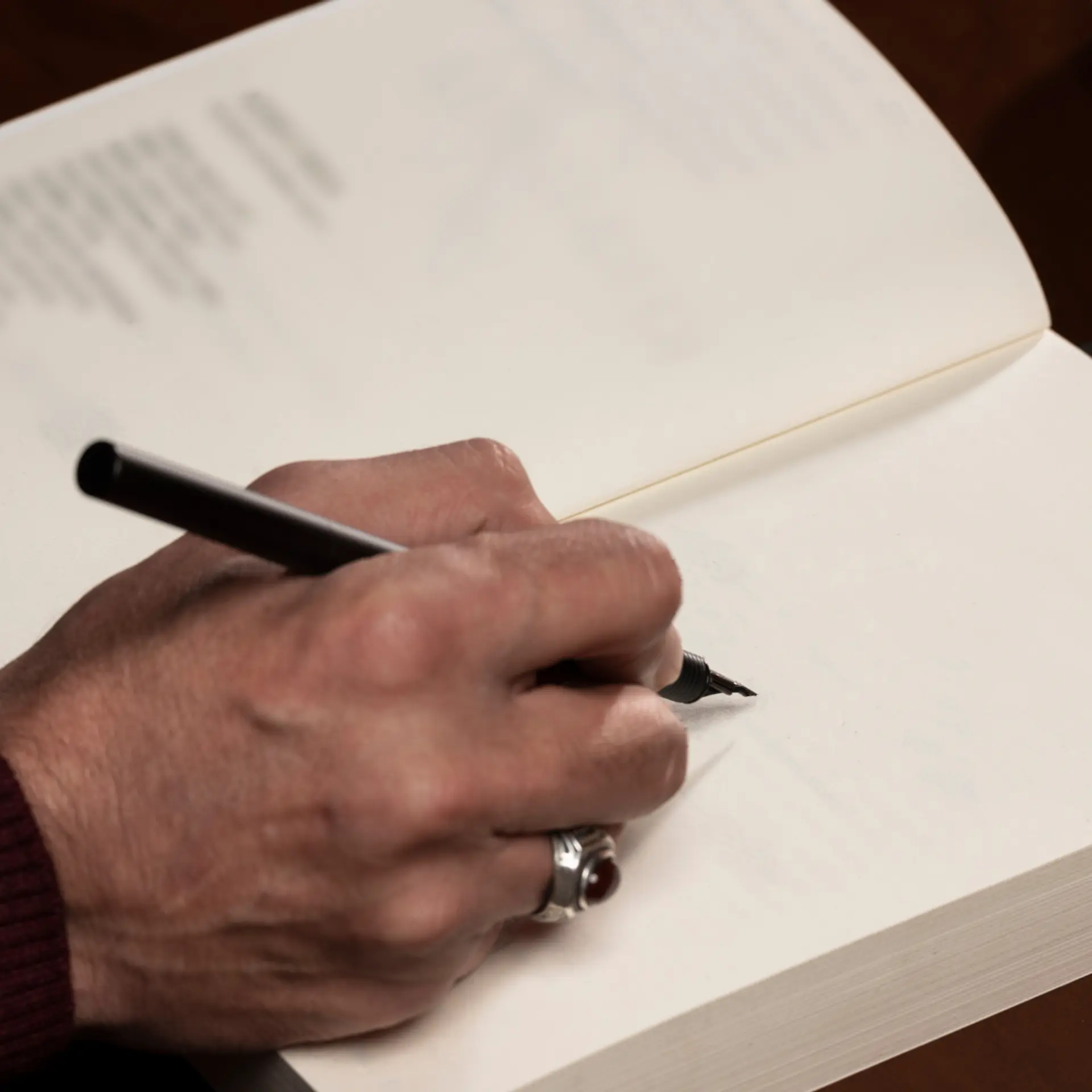Why everything you were taught about creativity is wrong
At any given point of time, there are 50 very important things to do in an entrepreneur’s life. And yet, in the middle of this sea of chaos, an entrepreneur also needs to be creative. You have to find new ways to solve old problems or even make roads where there are none. How is this possible?
If you're reaching out for your organiser or clearing up your desktop in response to this, don't. Scientists have found that clutter and chaos have their uses, and one of them is a boost to creativity. This might sound exactly the opposite of what you might expect, but read on.

Kathleen D. Vohs, Joseph P. Redden and Ryan Rahinel of the University of Minnesota recently proved through three experiments that one could get a surge of creativity or a Eureka moment by working in a messy space. They concluded that orderly environments lead people toward tradition and convention; it is a disorderly environment that encourages breaking with tradition and convention—in other words, both settings can alter our behaviour, and the choices we make. If we want to focus on the task at hand, which has more to do with execution than ideation, then a neat workspace is useful. But for thinking out of the box, such as in a session of brainstorming, what you need is some chaos. And there are sound scientific reasons behind this, which are related to how our brains function.
The University of Minnesota scientists showed in their experiments that people in a messy room were more likely to be creative than those in a tidy room. They set up two rooms for one of the experiments in their lab - one had books and papers neatly stacked, while the other had them strewn about. The task given to the subjects in both rooms was to come up with creative uses of ping pong balls, and each solution was given a creativity rating. For example, the use of ping pong balls in Beer Pong rated low because it's a game that does use ping pong balls - so there was no innovation involved here. Creative solutions included using ping pong balls as ice cube trays, or attaching them to chair legs to protect floors. The subjects in the messy room were five times more creative than their counterparts in the tidy room.
These findings were confirmed by independent researchers in Northwestern University, who showed that subjects in a messy room drew more creative pictures than those in a neat place.

Takeaways for entrepreneurs
Albert Einstein seem to have known this well before these researchers. Decades ago, he had quipped:
If a cluttered desk is a sign of a cluttered mind, of what, then, is an empty desk a sign?
The key takeaway for entrepreneurs is that orderliness may be overrated. Sometimes you may need a bit of chaos to be able to think out of the box.
Just stepping out of the familiar environment of your office can help to get your creative juices flowing. You are suddenly facing an onslaught of sensory inputs – new sights, sounds, smells… Your body has to process them instantly, and it will take your mind off routine work. This simple practice has been proved over and over again to be highly effective when your job requires you to be creative.
Another takeaway for entrepreneurs is to have varied office spaces. The current fad for minimalist design and open offices may run counter to the needs for innovation and creativity. An individual may need a space where she can be messy and creative. Groups required to come up with innovative solutions may need a place where they can let their hair down and be untidy, otherwise they might find it hard to break free from conventional thinking.
At the same time, the uses of neatness should not be forgotten. When you need to focus on a templated process, and get it done efficiently, then you don't want the distractions of clutter. If a meeting has a clear and simple agenda, and a decision needs to be taken quickly, then a fresh and tidy mind and workspace are in order.
A similar divergence could apply to how fresh we feel. The common perception is that we are at our creative best in the morning, rather than later in the day when we are fatigued. Researchers suggest that the opposite may be true - a tired brain is less able to focus sharply on one thing, and so it might be conducive for thinking outside the box. A fresh brain, on the other hand, can get a lot of work done efficiently - but it may not be so good at fuzzy thinking. Thus it all depends on what you need to do. Work in the morning, and dream in the evening - that might just be the mantra for an entrepreneur.
Try it and let us know in the comments section below if you find new paths to creativity.







